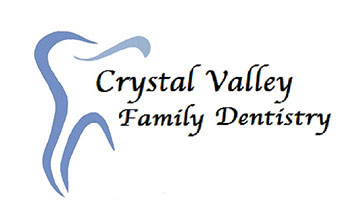
Covering Exposed Tooth Root Using Gum Grafts
A gum graft (also known as a gingival graft or periodontal plastic surgery), is a collective name for surgical periodontal procedures that cover an exposed tooth root surface with grafted oral tissue.
Gum recession caused by periodontal disease is often the main reason this treatment is needed. Aggressive brushing and trauma are among the other possible reasons.
Here are some of the most common types of gum grafting:
- Free gingival graft: This procedure is simple and heals with no lasting damage. To thicken gum tissue, a layer of tissue is removed from the palate and applied to the area affected by recession.
- Subepithelial connective tissue graft: Tissue from the outer layer of the palate is removed and applied to exposed roots. These procedures are mostly painless.
- Acellular dermal matrix allograft: This grafting procedure uses donated tissues instead of taking a graft from the patient’s palate. This reduces the pain for the patient.
Reasons for gum grafting
Gum grafting is a common procedure, often resulting in great benefits.
Here are some of the major benefits associated with gum grafting:
- Reduced sensitivity: When a tooth root is exposed, it is going to be a lot more sensitive to temperature. This can cause excruciating pain and make tasks like eating, drinking, and talking very difficult. Having the gum graft procedure done will restore coverage the tooth’s root and reduce/eliminate the sensitivity.
- Improved appearance: Gum recession brought on by disease, infection, or even trauma can cause some or all the teeth to appear longer than natural. Gum grafting can shorten the teeth and make the smile look more natural.
- Improved gum health: If periodontal disease is left untreated, gums will continue to recede and bone loss is possible. The gum graft procedure can halt the progression of periodontal disease and save patients from further gum and bone loss.
What does gum grafting treatment involve?
The teeth need to be thoroughly cleaned of all bacteria and calculus (tartar). Maintaining good oral hygiene at home is very important and can help prevent gum disease. We can provide advice on how to properly take care of your teeth at home.
Under a local anesthetic, a graft will be taken from the patient if necessary. Small incisions will be made at the affected area to accommodate the graft and give it a perfect, natural fit. The graft will be precisely placed in the proper position and held by sutures to prevent shifting during healing. The area will be protected during the first week of healing, and things should be fully healed in about six weeks.
If you have any questions about gum grafting, please ask contact our office.


